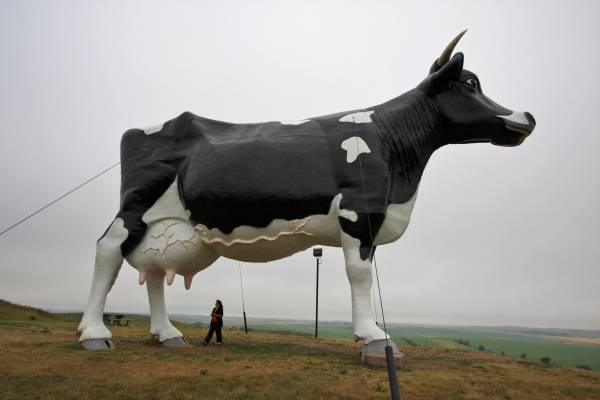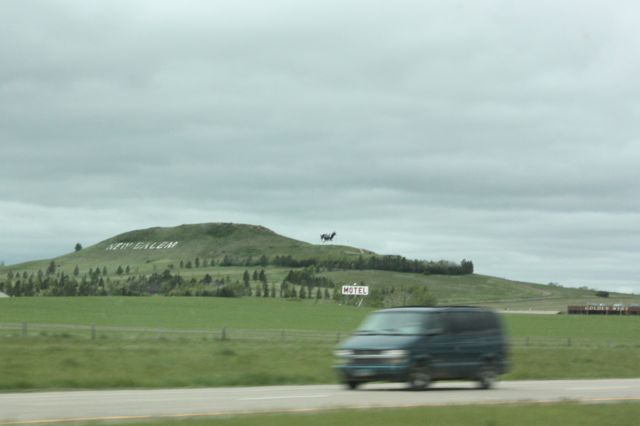It seems to be human nature to name events. The 1914-18 war in Europe ended up with the name The Great War because it was a conflict of almost apocalyptic proportions and the people of the time thought there would never be another like it. History proved that idea wrong, and the modern title World War 1 came into use.
Wars of any size are devastating to the people and places involved, and they cause untold heartbreak and trauma. The Great War was like no other previous conflict (and, due to more sophisticated weapons and strategies since developed, probably like no other since or in the future). It saw the introduction of new weapons or further development of existing ones, including poison gas, tanks, long-range guns, machine guns, grenades, and flame throwers. The Great War also marked the first use of aircraft in war. [1]
In 1985 I visited the war memorial in Goulburn, NSW. I was awestruck by a series of enlarged, framed photos of the destruction caused by the war in France and Belgium. Those photos affected me in a way no amount of reading could have, and they have stayed with me ever since. One day, about a year ago, I was thinking about those photos. I decided to do some research. The result was The Great War, a slide presentation about the war, concentrating on the devastation it caused. I sent it to family members and friends I thought would be interested, and received some appreciative comments.
You can download The Great War (a Microsoft PowerPoint file), or view it at slideshare.
[1] firstworldwar.com: Weapons of War, accessed 28 Dec 2011.
Wikipedia: Weapons of World War I, accessed 28 Dec 2011.

